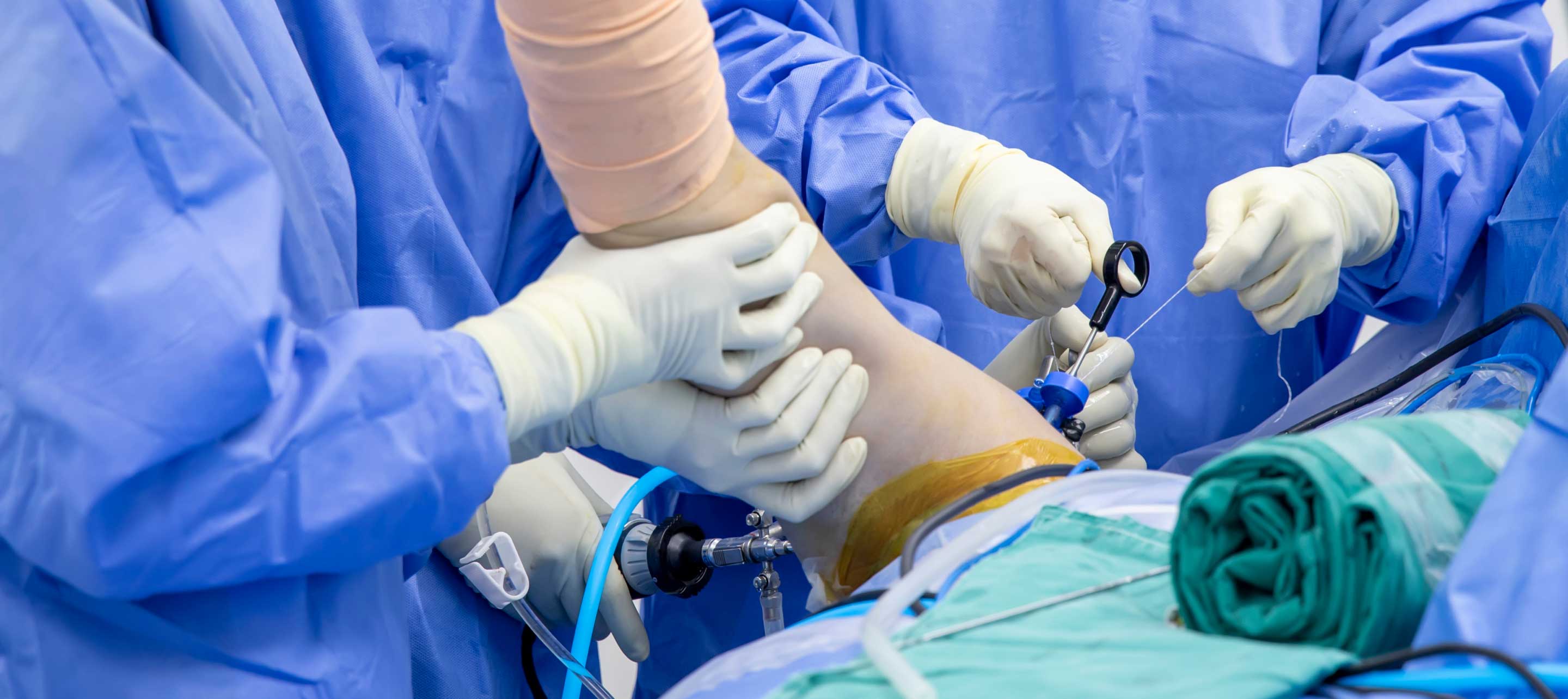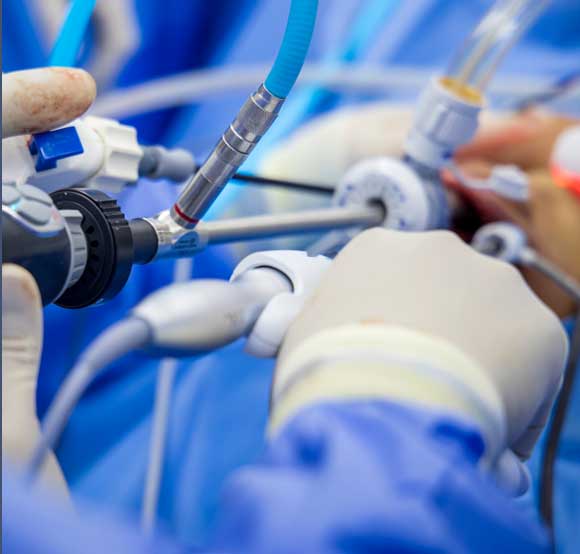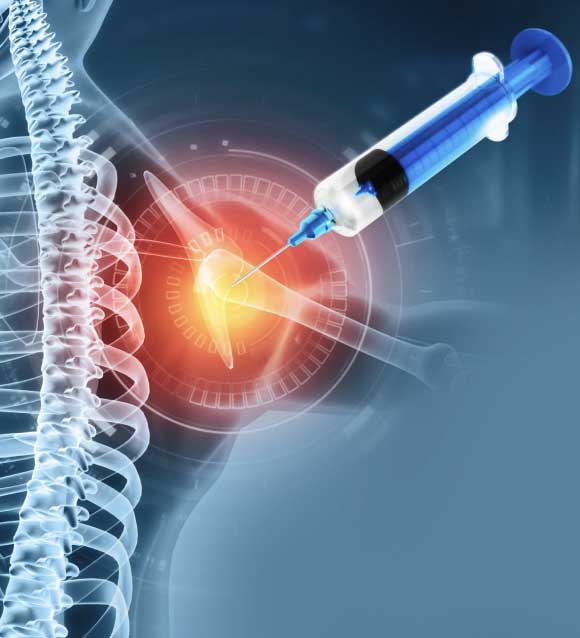
 Top Shoulder Arthroscopy Surgeon in Delhi
Top Shoulder Arthroscopy Surgeon in DelhiAfter knee arthroscopy, shoulder arthroscopy is the most frequently performed orthopedic procedure. In the diagnosis and treatment of shoulder disorders, arthroscopy's role is evolving. Recently, it has received the greatest attention and has grown to its full potential. The key to its success has been a better comprehension of shoulder pathology and injuries, as well as the accessibility of suitable tools and implants, and the increasing proficiency of Shoulder Arthroscopy Surgeons in carrying out these intricate shoulder arthroscopic procedures.
It is a minimally invasive technique among other diagnostic and therapeutic procedures. It is used for diagnosing and treating shoulder injuries or degenerative conditions causing subacromial pathology, recurrent joint instability, and rotator cuff tears. Comparing arthroscopy to open surgery, there are a number of advantages such as more thorough understanding of intra-articular pathology, smaller incisions, and lesser disability. It aids paths for the more possibility of a quicker recovery and a quicker return to work.
It contributes to a thorough and effective evaluation of the glenohumeral joint (shoulder joint). Pathologic shoulder conditions such as labral tears, rotator cuff tears, loose bodies, degenerative arthritis, adhesive capsulitis, and subacromial impingement are often treated with shoulder arthroscopy. The treatment of rotator cuff pathology and shoulder instability are the two most often performed arthroscopic shoulder procedures. Undoubtedly, shoulder arthroscope is the most important equipment in the orthopedic surgeon's toolkit in today's scenario. The popularity of this technique is demonstrated by the fact that over 1.4 million shoulder arthroscopies are performed annually. Improvements in minimally invasive procedures have made treating shoulder injuries and disorders more versatile and efficient. Its advantages have also been extended to high-risk patients and ambulatory surgery.
Because of its exceptional success rate, arthroscopic shoulder stabilization has emerged as the gold standard for treating shoulder instability. If you or your loved ones are suffering from shoulder injury, then you are at the right place. Dr. Ishwar Bohra is one of the top orthopedic surgeons in Delhi. He has earned great merits and has been recognised as one of the best shoulder arthroscopy surgeon in Delhi. People are experiencing best outcomes from the surgeries performed by Dr. Bohra. Schedule a call

Get accurate insights for your joint issues and the best personalized treatment plan for it. We believe in restoration of your joint functions maximally, taking care of your unique needs.
Contact Us
 Shoulder Arthroscopy
Shoulder ArthroscopyWe use our shoulders a lot for a variety of tasks, such as pushing a lawnmower, lifting boxes, throwing a ball, and canoeing. The shoulder is the most mobile joint in the body because it can move in a wide range of directions. However, due to its flexibility, it lacks stability and is more prone to injury. The humerus, the tip of the upper arm bone, and the scapula, the shoulder blade, are the two main bones that make up the shoulder. Round in shape, the humerus's end slides into a scapula socket. There is a collection of ligaments and muscles that surround the shoulder. Shoulder bones are joined by ligaments. Tendons join the surrounding muscle to the bones.
Thousands of people of all ages visit doctors annually for shoulder conditions such as impingement, arthritis, sprains and strains, fractures, and inflammation. Sports like swimming, tennis, pitching, and weightlifting that require a lot of repetitive overhead motion are known to be a major cause of shoulder injuries. Injuries may also arise from routine home tasks like gardening, wall washing, and curtain hanging. Frozen shoulder, rotator cuff tears, overuse/strains, arthritis, and shoulder instability are the conditions that cause injury to the shoulder joint tissue.
Shoulder arthroscopy, a minimally invasive surgery, is used to diagnose and treat injuries and degenerative issues of the shoulder joint. For shoulder impingement or rotator cuff tears, you may need an arthroscopy. Compared to traditional surgery, minimally invasive procedures necessitate smaller incisions. The size of each incision is comparable to that of a keyhole.
Via a tiny skin incision, your surgeon places an arthroscope (a tiny camera) into your body. This camera uses a video screen to project images of your shoulder joint. These images are examined by your provider in order to determine the cause of your injury. If you require a shoulder repair, the doctor will use tiny surgical tools to get your shoulder moving again.
Following are the types of surgeries that can be performed by arthroscopic technique:
With arthroscopy, an orthopedic surgeon gets to look inside your joint without creating a big wound using a tiny camera (arthroscope). During arthroscopy, surgeons can even repair certain types of joint damage by inserting pencil-thin surgical instruments through additional tiny incisions. When certain diagnostic questions remain unanswered even after X-rays and other imaging studies, doctors frequently resort to arthroscopy.

Your doctor will inquire about your medical history prior to a shoulder arthroscopy surgery. You must also bring a comprehensive list of all of your medications. A few days prior to your surgery, you might need to stop taking some of your medications. You will receive detailed instructions from your medical facility or doctor, including when to stop eating and drinking before surgery. Prior to your procedure, you might also require the following medical tests:

You should probably be able to resume light activity and desk work in a few days. In one to three weeks, you should be able to drive again, and a few weeks after that, you should be able to perform harder activities. But each person's road to recovery is unique. A longer period of rehabilitation and recovery may be necessary given your circumstances.
As soon as possible, your surgeon will go over the results of the arthroscopy with you and may even send you a written report. During follow-up visits, your surgeon will keep an eye on your progress and address any issues.
Dr. Ishwar Bohra is one of the top shoulder arthroscopy surgeon in Delhi and is renowned for his groundbreaking work in joint restoration. He keeps pushing the frontiers of innovation with his latest research backed procedures. By employing advanced techniques and evidence-based strategies, Dr. Bohra ensures the best possible results for patients seeking joint rejuvenation. His commitment to excellence in restoring mobility and improving quality of life is demonstrated by his commitment to staying at the forefront of medical advancements.
A: A shoulder arthroscopy is a minor surgical procedure. It is a minimally invasive procedure used to treat rotator cuff tears and shoulder impingement.
A: It may take six months to recover. For the first week, you most likely will need to wear a sling. You might need to wear the sling for a longer period of time if you had a lot of repairs done. You might control your pain by taking medication.
A: The complications of shoulder arthroscopic surgery are lesser than open surgery. However, it might be associated with infection, swelling, bleeding, blood clots, nerve damage, chronic pain, and osteoarthritis to some extent.
A: Rotator cuff repair can be done via a number of ways. Arthroscopy is one of the minimally invasive techniques for the treatment of rotator cuff injury.
A: Surgery on the shoulder is typically a low-risk procedure. Because of the advances in technology, surgical techniques, and training, there are very few significant adverse effects.
Dr. Ishwar Bohra, the best joint replacement surgeon in delhi, has brought joint care a step closer to the maximum mobility restoration with enhanced quality of life and great patient satisfaction. Choose our facility to avail personalized care and highest treatment success since we are committed to serve you the most personalized care.
Dr. Ishwar Bohra’s unparalleled expertise backed by 25,000+ successful surgeries, testifies his capabilities to provide the best joint care. His compassionate patient care approach is highly appreciated by his patients.
Dr. Bohra, a highly skilled doctor, is well-introduced to modern therapeutic interventions and latest equipment to provide most accurate, minimally invasive, and highly successful results.
We are committed to provide you the joint care solutions most suitable for you, keeping your expectations and convenience at the forefront. Such tailored solutions will fulfill the unique needs of each patient maximally.